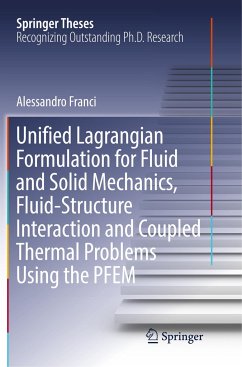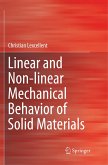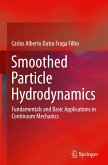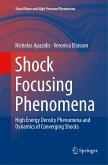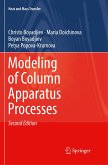This book treats the derivation and implementation of a unified particle finite element formulation for the solution of fluid and solid mechanics, Fluid-Structure Interaction (FSI) and coupled thermal problems.
FSI problems are involved in many engineering branches, from aeronautics to civil and biomedical engineering. The numerical method proposed in this book has been designed to deal with a large part of these. In particular, it is capable of simulating accurately free-surface fluids interacting with structures that may undergo large displacements, suffer from thermo-plastic deformations and even melt. The method accuracy has been successfully verified in several numerical examples. The thesis also contains the application of the proposed numerical strategy for the simulation of a real industrial problem.
This thesis, defended at the Universitat Politecnica de Catalunya in 2015, was selected (ex aequo) as the best PhD thesis in numerical methods in Spainfor theyear 2015 by the Spanish Society of Numerical Methods in Engineering (SEMNI).
FSI problems are involved in many engineering branches, from aeronautics to civil and biomedical engineering. The numerical method proposed in this book has been designed to deal with a large part of these. In particular, it is capable of simulating accurately free-surface fluids interacting with structures that may undergo large displacements, suffer from thermo-plastic deformations and even melt. The method accuracy has been successfully verified in several numerical examples. The thesis also contains the application of the proposed numerical strategy for the simulation of a real industrial problem.
This thesis, defended at the Universitat Politecnica de Catalunya in 2015, was selected (ex aequo) as the best PhD thesis in numerical methods in Spainfor theyear 2015 by the Spanish Society of Numerical Methods in Engineering (SEMNI).
"This book treats the derivation and implementation of a unified particle finite element formulation for the solution of problems in fluid and solid mechanics, fluid-solid interaction (FSI) and coupled thermal problems. ... The book is well-prepared and can be used as one of the basic reference sources for researchers working in the area of numerical solutions of fluids, solids and FSI problems." (Hilmi Demiray, zbMATH, Vol. 1366.76001, 2017)

